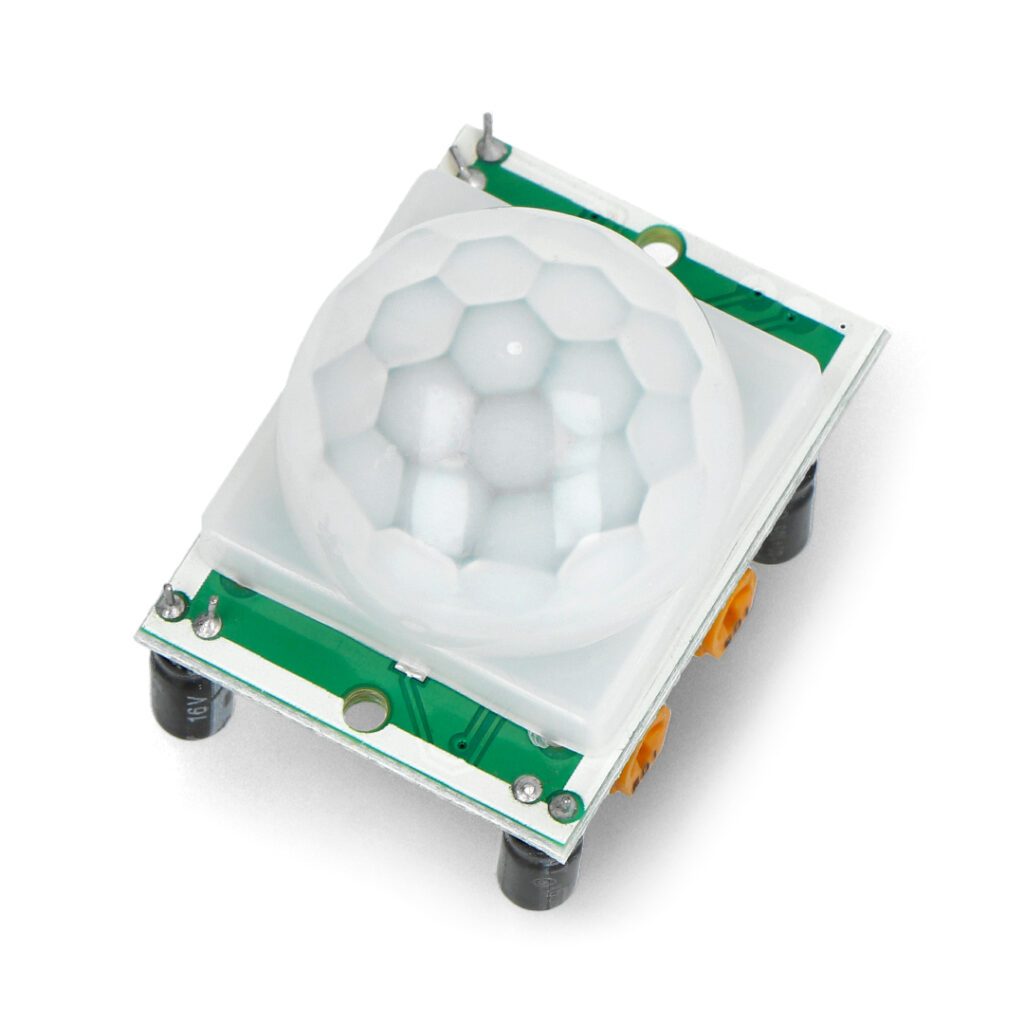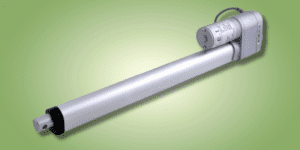Spis treści:
Motion detectors have found applications in alarm systems, building lighting or home automation. So it is worth learning more about the types of detectors and their parameters.
Applications of motion detectors
Motion detection is a universal method to detect the presence of people in a room – and this already gives you the opportunity to take specific actions, as needed. Among the most common applications
motion detectors include automatic lighting systems for corridors, staircases, bathrooms, terraces or building surroundings. At the same time, the automatic switching of light is conditioned by the level of brightness – in practice, all such devices (both stand-alone sensors and those built into lamps) are therefore equipped with an additional twilight sensor, usually built on the basis of a photoresistor.
Alarm systems are another very important application area for motion detectors. In this case, the detection of unauthorized persons in the monitored room triggers a signaling procedure, with the control panels usually set to give authorized users time to disarm the controller using an established means of identification (e.g., a code, entered on the keypad of the keypad).
Home automation uses motion detectors to better manage a building’s infrastructure. Information about the presence of household members in a particular part of the apartment makes it possible, for example, to intelligently control lighting scenes, ventilation, heating or blinds, taking into account individual preferences, time of day, weather conditions and other factors, programmed into the central system that manages the entire installation.
Types of motion detectors
Motion detectors are usually found in several main varieties, differing in their construction, principle of operation and sensitivity characteristics – and both in terms of the geometry of the field of view and response to certain types of objects. For a better understanding of the subject of presence detection, we will present in turn the three main varieties of detectors: those based on passive infrared (PIR) and microwave (MW), and – combining both techniques – dual detectors.
PIR motion detectors
PIR sensor (Passive InfraRed) works by detecting changes in the intensity of infrared radiation emitted by objects within the range of the sensor. The sensor consists of a pyroelectric element that is sensitive to radiation in the mid-infrared range, as well as a Fresnel lens and an electronic circuit that includes a sensitive amplifier and a comparator.
When the sensor is at rest (no movement within its range), the infrared detector is in thermal equilibrium with the environment. When an object with a higher temperature than the ambient temperature (human or animal) enters the range of the sensor, a disturbance will occur in the stable output signal of the detector. If the amplitude and time of the voltage change are large enough, the circuit will generate an output signal, usually in the form of an electrical pulse or a temporary change in logic state. This signal can then be used to activate various devices – switching on a lamp relay, starting a countdown to an alarm, etc.
It is worth noting that PIR sensors are referred to as “passive” in the sense that they do not emit any radiation themselves, but only passively register changes in infrared radiation present in their field of view – in opposition, as it were, to active sensors that require illuminating an object with an infrared beam (this is how triangulation distance sensors, LIDARs, proximity sensors, or night vision devices, among others, work).
Microwave motion detectors
Technically, microwave motion detectors are essentially continuous wave (CW) Doppler radars. What does this mean? In the briefest terms, we can describe their operation as follows: a special high-frequency transmitter (with frequencies usually ranging from a few to even tens of gigahertz) emits a beam of electromagnetic waves through an antenna. These waves, after reflecting off nearby objects, return to the receiver, which “checks” the signal by comparing its frequency with an oscillator – the same one that produces the signal for the transmitter. If the object that reflected the waves moves, the beam will return with a slightly altered frequency (this is the famous Doppler effect), which will be detected by the electronic circuit and cause a change in the output state of the sensor.
How not to be fooled - dual motion detectors
Note that PIR sensors respond only to objects at a higher temperature than the environment – for this reason they remain insensitive to, for example, a fan turned on or a curtain moved by the wind. Unfortunately, in some cases, PIR sensors may interpret as motion, for example, a rapidly heating radiator, a flame in the fireplace or a kettle on – and this is enough to trigger a false alarm or unnecessarily turn on a light in a room or kitchen. On the other hand, radar sensors cannot distinguish between a living being and an inanimate object that, although indeed moving, should not trigger a response from the device. As an example, we can mention a cleaning robot passing in the detection field or a door accidentally moved by a draft.
So what can be done to reduce the risk of false alarms, and increase the chances of the detector responding correctly when it really needs to? Dual motion detectors, which combine a PIR sensor and microwave radar within a single housing, come to the rescue. Such a solution makes it possible to trigger the action of a cooperating system (e.g., an alarm system) only if both sensors simultaneously respond to motion – the requirement is therefore: the temperature of the object must be significantly above the ambient temperature and it must actually be in motion. Here’s a simple and brilliant remedy for the false alarm problems of simple motion detectors!
How useful was this post?
Click on a star to rate it!
Average rating 0 / 5. Vote count: 0
No votes so far! Be the first to rate this post.







